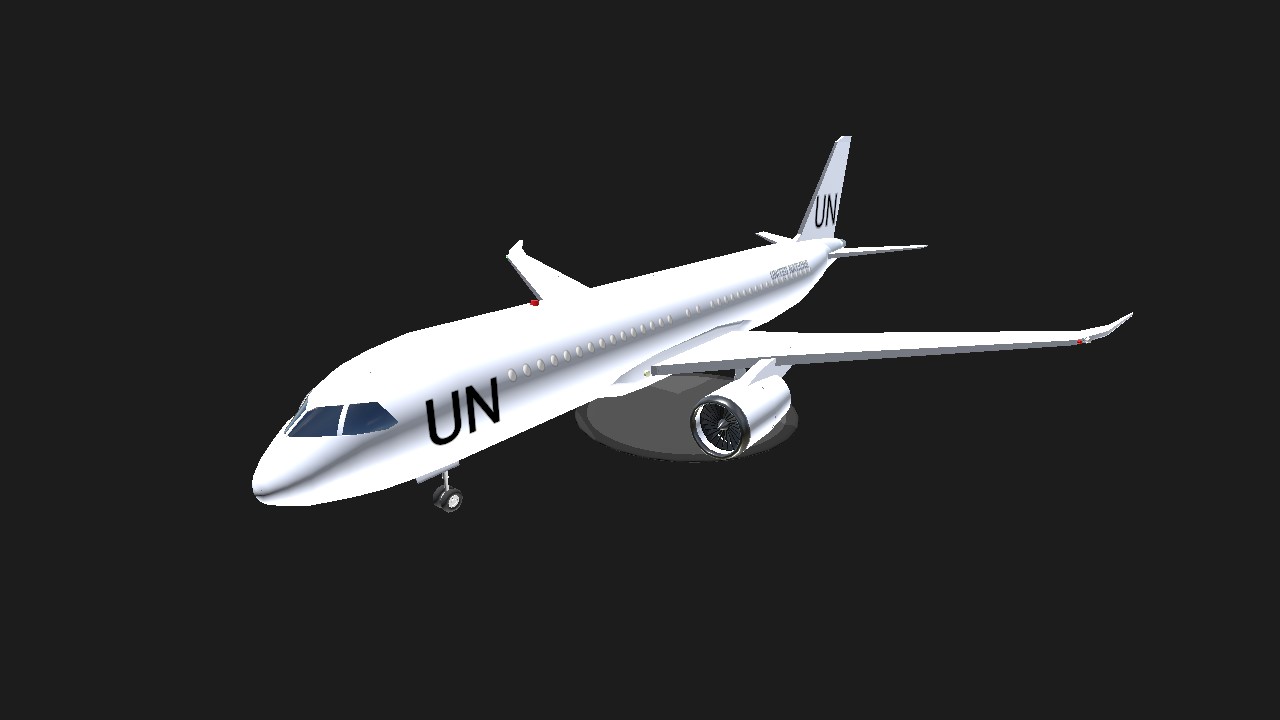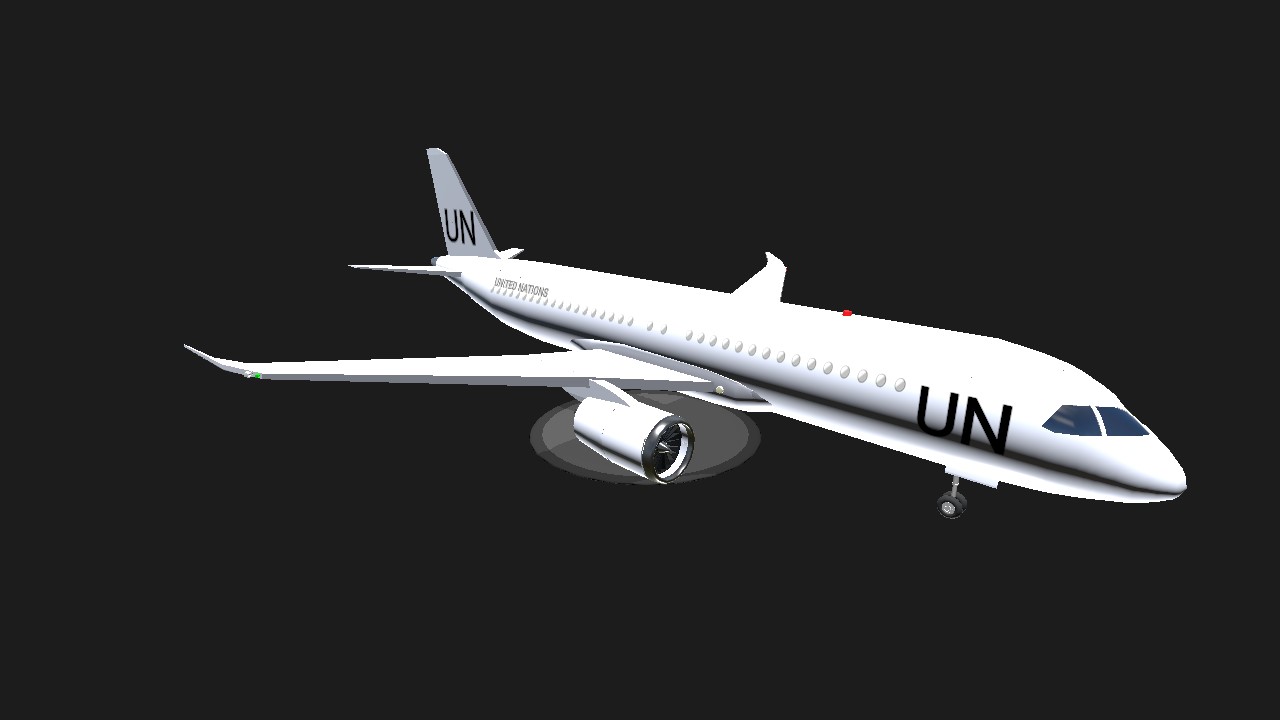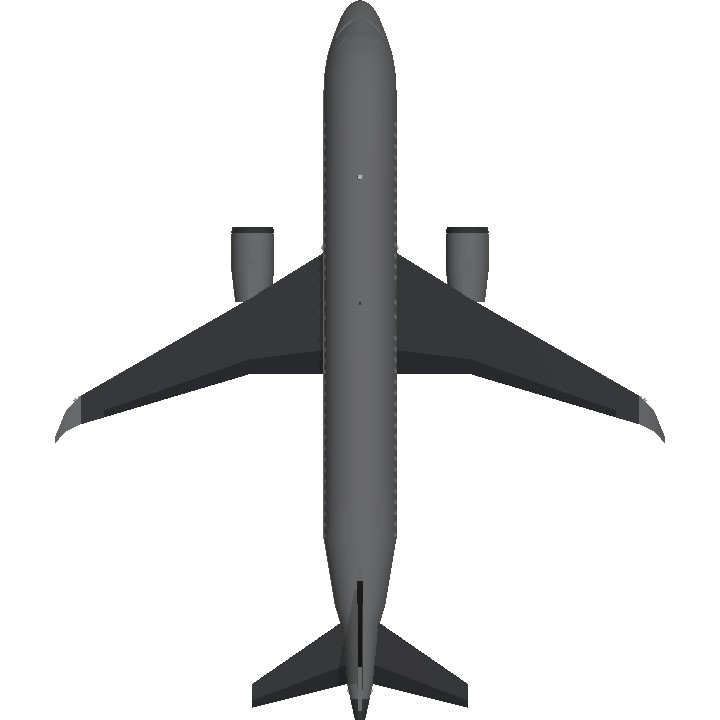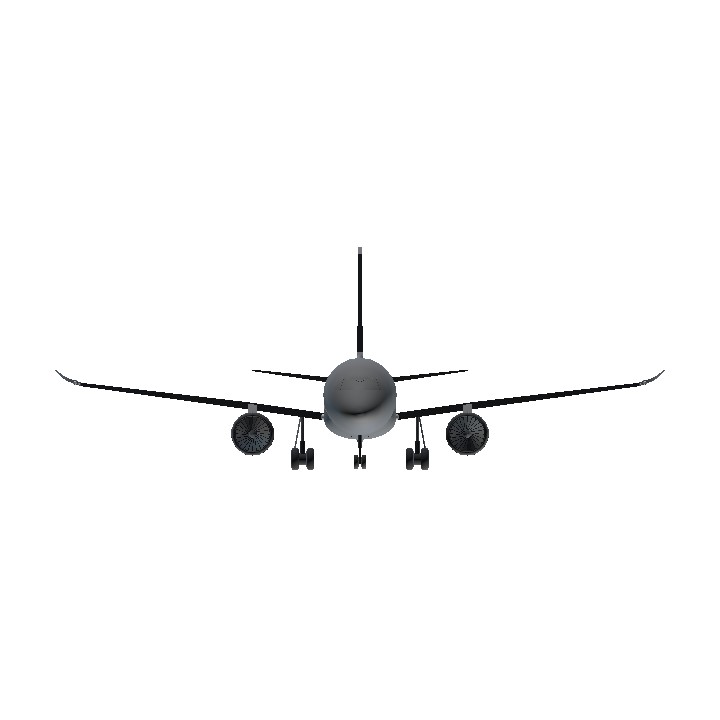The United Nations’ acquisition of the Comac C919-100(ER) is a strategic decision aimed at enhancing its operational capacity while staying true to its commitments to sustainability, neutrality, and cost-efficiency. This modern aircraft, developed by the Commercial Aircraft Corporation of China (COMAC), embodies cutting-edge technology and design, making it a suitable choice for the diverse and often demanding missions undertaken by the UN. Below is a detailed explanation of why the UN selected the C919-100(ER) and how it aligns with their objectives:
- Commitment to Environmental Sustainability
The UN has long emphasized the importance of addressing climate change and reducing carbon footprints. The Comac C919-100(ER) is equipped with advanced fuel-efficient engines and optimized aerodynamics, which significantly lower greenhouse gas emissions compared to older aircraft. The extended-range variant allows for long-haul operations without the need for excessive refueling stops, reducing overall environmental impact. By choosing the C919-100(ER), the UN reinforces its leadership in promoting sustainability and responsible resource use.
- Enhanced Operational Efficiency and Versatility
The C919-100(ER) is tailored to meet the operational demands of global humanitarian and peacekeeping missions. With a maximum range of approximately 5,000 kilometers and a seating capacity of up to 168 passengers in a standard configuration, the aircraft can efficiently transport personnel, supplies, and equipment across continents. It is particularly suited for reaching remote or underserved regions where the UN often operates. Additionally, the aircraft’s advanced avionics and navigation systems enhance reliability and safety, even in challenging weather conditions or conflict zones.
- Cost-Effectiveness and Resource Allocation
The United Nations operates on a finite budget, relying on contributions from member states. The C919-100(ER) offers a competitive acquisition cost compared to Western counterparts such as the Airbus A320neo or Boeing 737 MAX. Its lower operational and maintenance costs further enable the UN to redirect savings toward critical programs, such as disaster relief, healthcare initiatives, and peacekeeping efforts. This financial prudence ensures that the organization remains efficient while fulfilling its wide-ranging responsibilities.
- Strategic Neutrality and Global Collaboration
As an international body representing nearly all nations, the UN places a high value on neutrality and inclusivity in its partnerships. By selecting an aircraft developed by COMAC, the UN demonstrates its commitment to fostering global cooperation and avoiding over-reliance on manufacturers from specific regions, such as the United States or Europe. This decision supports the principles of equality and inclusivity, encouraging participation from emerging markets in global industries.
- Customization for Mission Requirements
The C919-100(ER) offers exceptional flexibility for customization, allowing it to be adapted for a wide range of UN missions. For example:
Humanitarian Aid: The aircraft can be converted into a cargo configuration to transport food, medical supplies, and essential equipment to disaster-stricken areas.
Peacekeeping Operations: It can serve as a troop transport vehicle, accommodating peacekeepers and their gear for rapid deployment.
Medical Evacuations: The cabin can be modified to include medical beds and life-support systems for evacuating injured personnel from conflict zones or natural disaster areas.
- Technological Advancements and Safety
The C919-100(ER) incorporates the latest aviation technologies, including state-of-the-art avionics, real-time data monitoring systems, and enhanced safety features. These innovations ensure the aircraft’s reliability in unpredictable environments, where the UN often operates. Its design also complies with international safety and performance standards, offering peace of mind during critical missions.
- Symbol of Innovation and Progress
The inclusion of the C919-100(ER) in the UN’s fleet signals the organization’s forward-thinking approach and adaptability in a rapidly changing world. It highlights the UN’s willingness to embrace emerging technologies and industries, setting an example for member states to explore diverse solutions to global challenges.
Conclusion
The acquisition of the Comac C919-100(ER) marks a significant step in the United Nations' mission to modernize its operational capabilities while adhering to its principles of sustainability, inclusivity, and cost-efficiency. This aircraft provides the UN with the versatility, reliability, and environmental responsibility needed to address the complex and evolving needs of its global mandate. From humanitarian relief to peacekeeping missions, the C919-100(ER) is poised to become a vital asset in the organization’s efforts to promote peace, stability, and development worldwide.
Specifications
General Characteristics
- Predecessor COMAC C919-100(ER)
- Created On Android
- Wingspan 168.7ft (51.4m)
- Length 198.9ft (60.6m)
- Height 62.6ft (19.1m)
- Empty Weight 16,248lbs (7,370kg)
- Loaded Weight 45,937lbs (20,836kg)
Performance
- Power/Weight Ratio 2.935
- Wing Loading 15.3lbs/ft2 (74.5kg/m2)
- Wing Area 3,012.0ft2 (279.8m2)
- Drag Points 4589
Parts
- Number of Parts 84
- Control Surfaces 7
- Performance Cost 503






Thanks to @MAPA for the Aircraft
Thanks to @EarthSensei for the United Nations idea